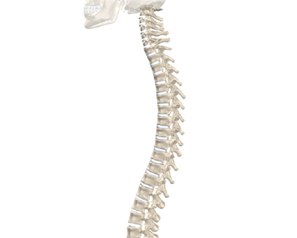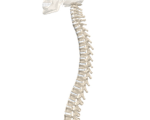From Kabutoshimen by Toryu

I learned these stages of development a few years ago from my TCM (Traditional Chinese Medicine) teacher. He taught it as four levels of development in becoming a TCM master, but it goes with any trade or area of study.
The first stage is when you are in an incompetent awareness stage. When you start learning someting new you know that you are a beginner. You are humble and like a sponge, you absorb and learn everything new.
After some years of studying you are entering the incompetent unawareness state. The stage where you think you know it all. Be careful, many people get stuck in this level forever because of their ignorance. People say you are good, it is getting difficult to teach you because teaching can only go to a certain level, next you need experience and guidance. Maybe you heard about the “invisible training”? The more experienced you get the more transparent the teaching will be. Be careful that you don’t stop growing here or feed the ego to much. I’m sure you seen a few people that have some experience in other martial arts and after a few weeks or months they think they know Bujinkan.
When you get competent awared you have passed all the illusions and start seeing clearer. You know what you can do and can’t do. This is the stage when you are skilled in what you do, but hang on you’re not a master of the style yet. You need to always be aware of what you do to do it right.
The fourth level is when you are competent and unaware. In Bujinkan we often say it is the zero state. The art is so deep within us that we don’t need to think or remember any techniques at all. This is the level most people in Bujinkan is talking about. But I strongly believe you need to pass all levels. If you think you are at this level you could still very well be unaware of your incompitence.
You don’t need to think about this and try to figure out what level you are in. It’s no point doing that. Besides I remember Soke answering a question of what the highest level (in mikkyou, I think); he simply said there is no highest level. No matter how far you go you will never reach the end. This is also the 道 DOU, the path you have chosen to walk. …





